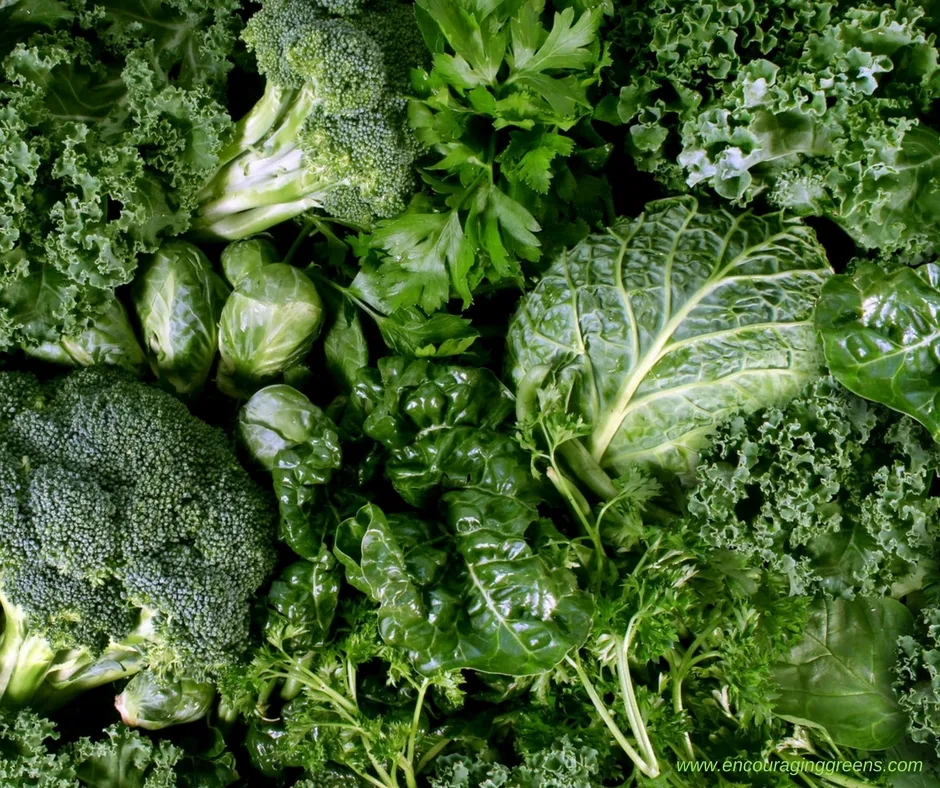Introduction
Losing weight can feel like an uphill battle. With so much confusing and contradictory advice out there, it’s hard to know where to start. But what if making one simple change could get your weight loss efforts off to a strong start? That one change is working more leafy greens into your diet.
Leafy vegetables may just be the closest thing we have to a magic bullet for weight loss. These low-calorie, high-fiber foods pack a nutritional punch that can slash calories, crush cravings, and boost your metabolism. Read on to discover the immense power of leafy greens when it comes to shedding pounds and transforming your health.
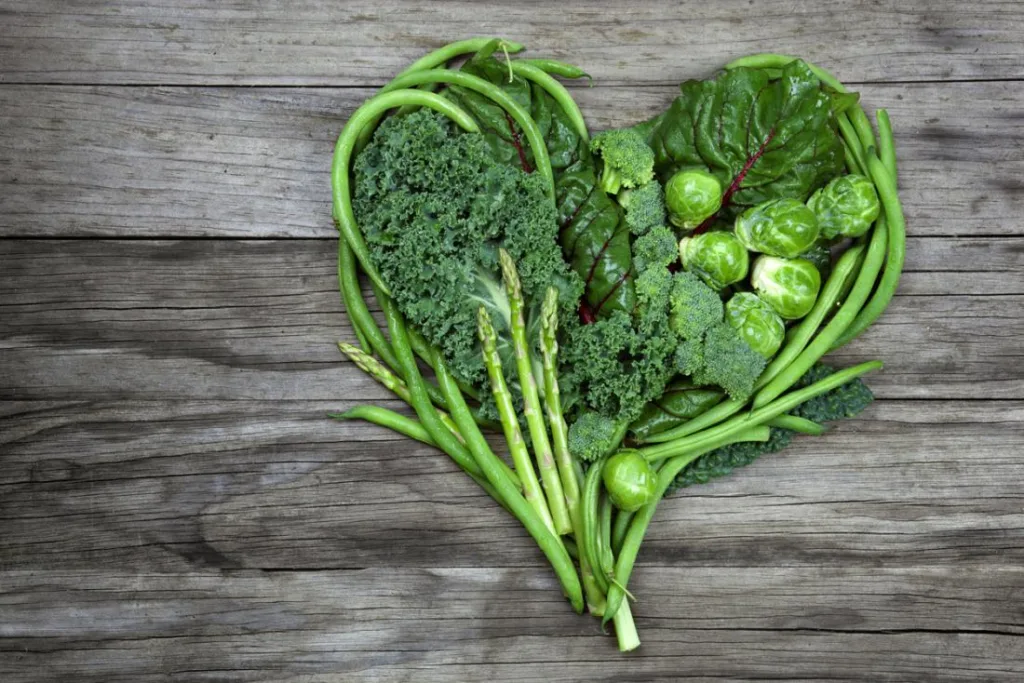
The Power of Leafy Greens
Leafy greens refer to vegetables like spinach, kale, swiss chard, collard greens, romaine lettuce, arugula, and bok choy. They are packed with fiber, vitamins, minerals, and antioxidants. By incorporating more of these nutritional powerhouses into your diet, you can unlock a host of weight-loss benefits.
Fiber is one major reason leafy greens help with fat loss. One cup of raw spinach provides nearly 1 gram of dietary fiber. Fiber promotes feelings of fullness and satisfaction after eating. By curbing your appetite and preventing overeating later in the day, fiber is a dieter’s best friend. The high water content of most leafy greens also contributes to their low energy density – you can eat a large portion with minimal calories.
In addition to appetite regulation, fiber can directly boost fat burning. Soluble fiber binds to fatty acids and removes them from the body. Insoluble fiber adds bulk to stool and speeds the passage of food through the digestive tract. This can prevent the absorption of calories from other foods.
Beyond fiber, leafy greens have an extremely low calorie density. That means you can eat a high volume of greens while taking in very minimal calories. For example, a one cup serving of chopped romaine lettuce provides about 8 calories. Replacing higher calorie foods with nutrient-dense greens allows you to eat satisfying portions that support your weight loss goals.
Leafy greens also provide an array of vitamins, minerals, and antioxidants including Vitamins A, C, K, calcium, iron, and folate. Some compounds in leafy greens even have metabolism boosting properties. The thylakoids found in spinach can increase fat breakdown by up to 43% based on studies. The nitrates in celery, lettuce, and other greens may also elevate your resting metabolism.
Multiple studies demonstrate the weight loss benefits of increasing your vegetable intake, especially leafy greens. In one study, simply adding one serving per day of a green leafy vegetable reduced abdominal fat over a 3-month period. Research also shows that greater overall vegetable consumption can enhance weight loss and maintenance over time.
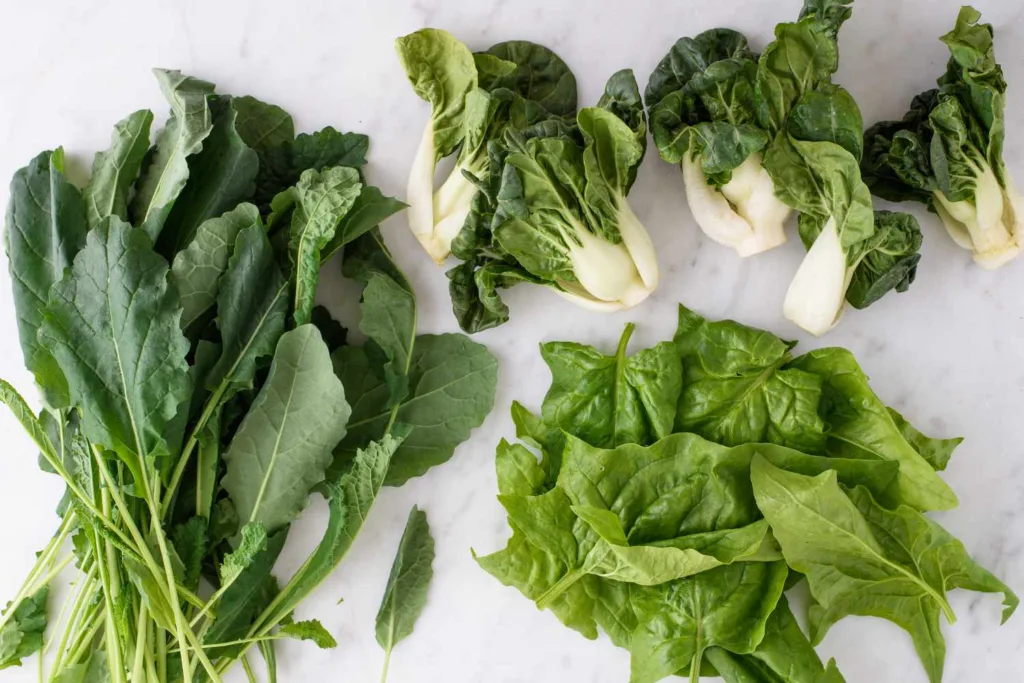
Incorporating Leafy Greens
Leafy greens are extremely versatile. There are endless ways to add more of them into your daily diet:
- Make a green smoothie with spinach or kale as the base. Add in fruit like bananas or berries to sweeten it up.
- Saute greens like bok choy, swiss chard, or kale in coconut oil or olive oil with garlic and spices.
- Toss leafy greens like romaine, arugula, or baby spinach into salads. Top with salmon, chicken, beans, or avocado for protein.
- Add wilted greens like spinach or collards to sandwiches, wraps, and tacos for extra nutrition.
- Blend up pesto using basil, parsley, cilantro or spinach as the base.
- Braise tougher greens like collard greens or kale in broth or coconut milk.
- Roast Brussels sprouts, broccoli, cabbage, and other greens for a flavorful side dish.
The key is to get creative and add greens wherever you can – in omelets, pastas, soups, stir-fries, and more. When purchasing, opt for in-season and locally grown greens at your farmer’s market or grocery store for maximum freshness and nutritional quality.
Some common pitfalls to look out for when increasing your leafy green consumption:
- Overcooking – Greens can lose nutrients when overcooked. Quick-saute, steam, or eat them raw.
- Not chewing thoroughly – Break down cell walls by chewing greens well to aid digestion.
- Drowning greens in high-calorie dressings – Opt for vinaigrettes, tahini, or other lighter dressings.
- Eating too few greens – Make them a part of each meal to reap the most benefits.
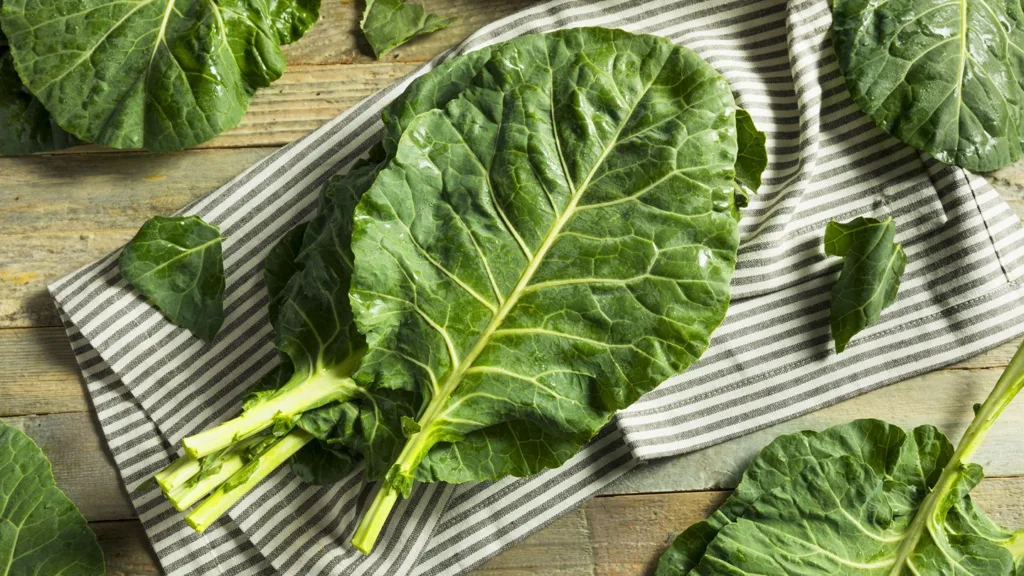
The Green Lifestyle
Leafy green vegetables should be the foundation of your diet, not the only component. Combine them with other superfoods like legumes, whole grains, nuts and seeds to take your nutrition to the next level. Making greens a daily habit supports consistent weight loss over time without depriving yourself.
Don’t let eating more greens become an excuse to cut out regular exercise. In tandem with physical activity, leafy vegetables can accelerate fat burning. Even light activity like walking helps use up those extra calories you are now deficit from eating more greens.
It’s also important to practice mindful eating habits. Check in with your hunger and fullness cues while savoring each bite of your greens. Avoid distractions while eating them so you fully reap their appetite-suppressing effects. Combining leafy greens with protein and healthy fats keeps you feeling satisfied between meals.
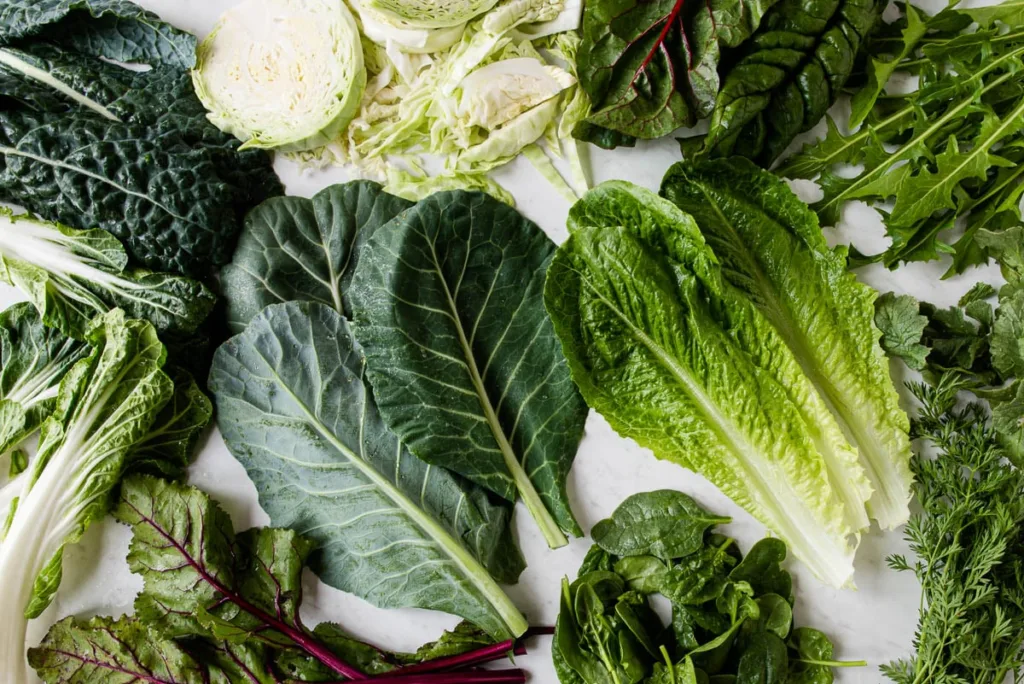
Conclusion
Leafy green vegetables truly are a nutritional powerhouse and dieting game-changer. With their high fiber, low calories, and abundance of vitamins and minerals, greens tackle weight loss from all angles – curbing cravings, boosting metabolism, reducing calorie intake, and improving nutrient status. Start loading up your plate with spinach, kale, lettuces, broccoli, and more to kickstart your weight loss efforts. Combine leafy greens with other wholesome superfoods, consistent exercise, and mindful eating habits for good health and sustainable weight management.
If you found this article informative, don’t forget to subscribe to our free newsletter for the latest updates on food, nutrition, health, wellness, and weight loss. You can also explore more related posts on our website.
Thank you for reading this post, don't forget to subscribe to our free newsletter
!
